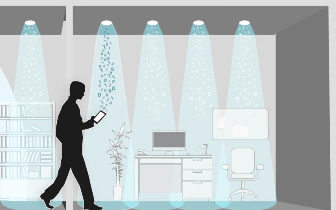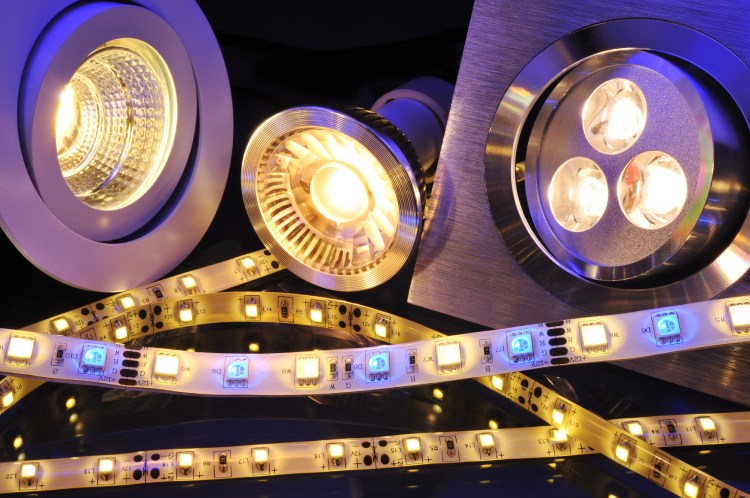Scottish startup PureLiFi has announced a £1.5 million ($2.25 million) funding round — valuing the company at £14 million ($21 million) — as it looks to introduce Internet connectivity via light bulbs around the world.
Founded in 2012, PureLiFi — previously known as PureVLC — is a spin-out from the University of Edinburgh in Scotland’s capital, and is led by Professor Harald Haas. During a TED talk he gave back in 2011, Haas popularized the term “Li-Fi” to describe networked, bi-directional, wireless communication that uses visible light instead of traditional radio frequencies. You can watch that talk here:
The startup’s funding thus far has come from the University of Edinburgh, the Scottish government (via Scottish Enterprise), and a number of private investors. The latest funding round was led by London & Scottish Investment Partners (LSIP), with contributions from the Scottish Investment Bank (SIB) and Old College Capital, the venture investment arm of the University of Edinburgh. The cash influx will be used to develop products and invest in marketing and sales.
June 5th: The AI Audit in NYC
Join us next week in NYC to engage with top executive leaders, delving into strategies for auditing AI models to ensure fairness, optimal performance, and ethical compliance across diverse organizations. Secure your attendance for this exclusive invite-only event.
Light modulation in the wild
 While modulating light isn’t a new concept, Haas and his team have been working towards enabling network access through simple LED bulbs. In effect, you can connect to the web by being within a beam of light emanating from any light fixture that’s had the PureLiFi treatment.
While modulating light isn’t a new concept, Haas and his team have been working towards enabling network access through simple LED bulbs. In effect, you can connect to the web by being within a beam of light emanating from any light fixture that’s had the PureLiFi treatment.
Much of PureLiFi’s efforts have hitherto been in the research lab, but there are some products out there in the wild in a limited capacity.
For example, it sold its first Li-Fi device to a U.S. health care provider in 2013, while last year the company introduced its first proper product — the Li-1st, which it says is the first available bi-directional visible light communication (VLC) device. You can’t buy it yet, however, as it’s only available to its partners.
In late 2014, PureLiFi also launched the Li-Flame for industry partners. This is a significant step forward for Li-Fi, because the system is what transforms existing light fixtures into Li-Fi access points. Part of the equipment is a battery-powered Li-Fi mobile unit that attaches to the top of a computer’s screen, which is then used to connect to the Internet via the Li-Fi access points.
Secure in the spotlight
With the Internet of things slowly becoming a reality and spectrum crunch a growing concern due to limited bandwidth, opening up alternative sources of connectivity could be key to solving many of these problems.
Then there’s security — Li-Fi signals are channeled along narrow light beams that don’t travel through walls. Furthermore, Li-Fi uses separate uplink and downlink channels, which means that a hacker would have to compromise both channels to do any real damage. They’d effectively have to be in the same room as the target computer.
The VLC industry is forecast to be worth around $9 billion by 2020, according to a MarketsandMarkets report, and we’re now starting to see the beginnings of this technology infiltrate everyday life.



